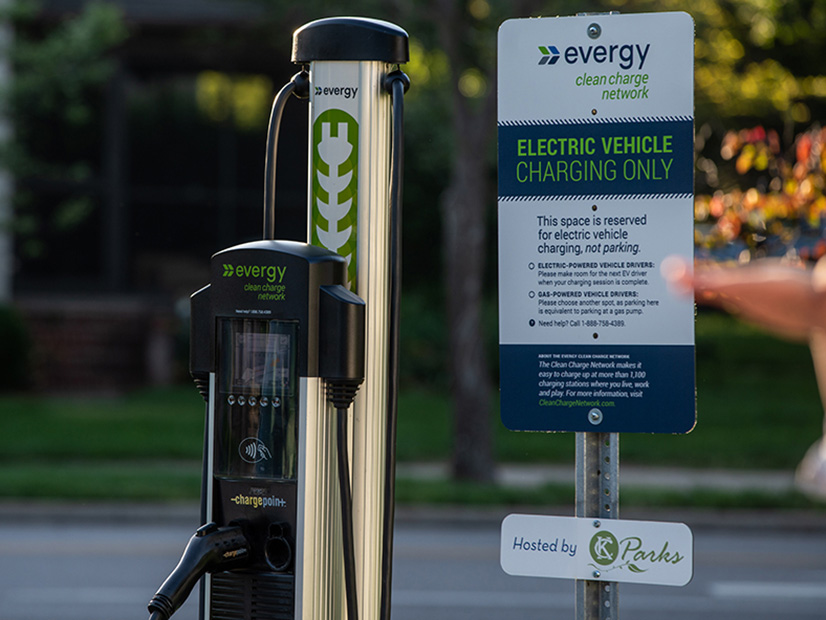Within two decades, increasing load from electrification will have MISO operating on a winter peaking model, staff said last week.
According to the RTO’s electrification report published last month, MISO could see demand peak at more than 200 GW during a January day by 2040. Electrification’s additional load could have members building hundreds of gigawatts of new generation and facing winter systemwide peak demand that eclipses the summer peak. (See MISO Report Focuses on Electrification’s Impacts.)
Speaking during an electrification stakeholder workshop May 5, MISO engineer Hilary Brown said staff drew up the report to figure out “what risks MISO has to be prepared for to meet its reliability imperative.”
She said electrified home heating and vehicles will create demand that nudges the RTO into a winter peak paradigm as load increases year-round.
“The summer peak does not go away. It remains fairly consistent with the winter peak,” Brown said.
Staff also found deeper ramping needs and two daily power demand peaks in every month except July, largely because of uncontrolled EV charging. The analysis did not consider flexible or responsive load.
Even with low electrification-adoption assumptions, Brown said the load growth is considerable. Compared with a scenario without electrification, even low levels of electrification could add about 50 GW to a January peak by 2040 and about 20 GW to a July peak.
“It’s still a fairly large amount in the low scenario,” she said.
Brown said in addition to electrification of homes and commercial buildings, lawnmowers, snowblowers, forklifts and mining equipment will transition to electric.
There are emerging applications for electrification too, Brown said. They included the aviation and maritime industries and the ultraviolet light air filters that gained popularity in commercial spaces during the pandemic.
Mississippi Public Service Commission consultant Nick Puga, who also consults for the Nova Scotia Utility and Review Board, said Canada will require some commercial customers to keep their original fossil fuel heating systems functional in some instances. That will allow load to be converted back when necessary during winter peaks.
Electrification also stands to impact transmission usage across MISO, Brown said.
“Shifting patterns of load growth could fundamentally shift flow patterns within MISO,” she said, adding that the RTO will probably experience new areas of transmission congestion.
Brown said much remains unknown about electrification’s effect in MISO. She said the grid operator doesn’t know how much electrification will come to pass, to what extent flows will be reworked, and which locations will adopt electrification more readily than others.
She said in the future, it could be load that also receives dispatch instructions.
“There are still a lot of unknowns with respect to electrification,” Brown said. “There are unknown unknowns. There are probably things in this study that we don’t know that we missed.”





